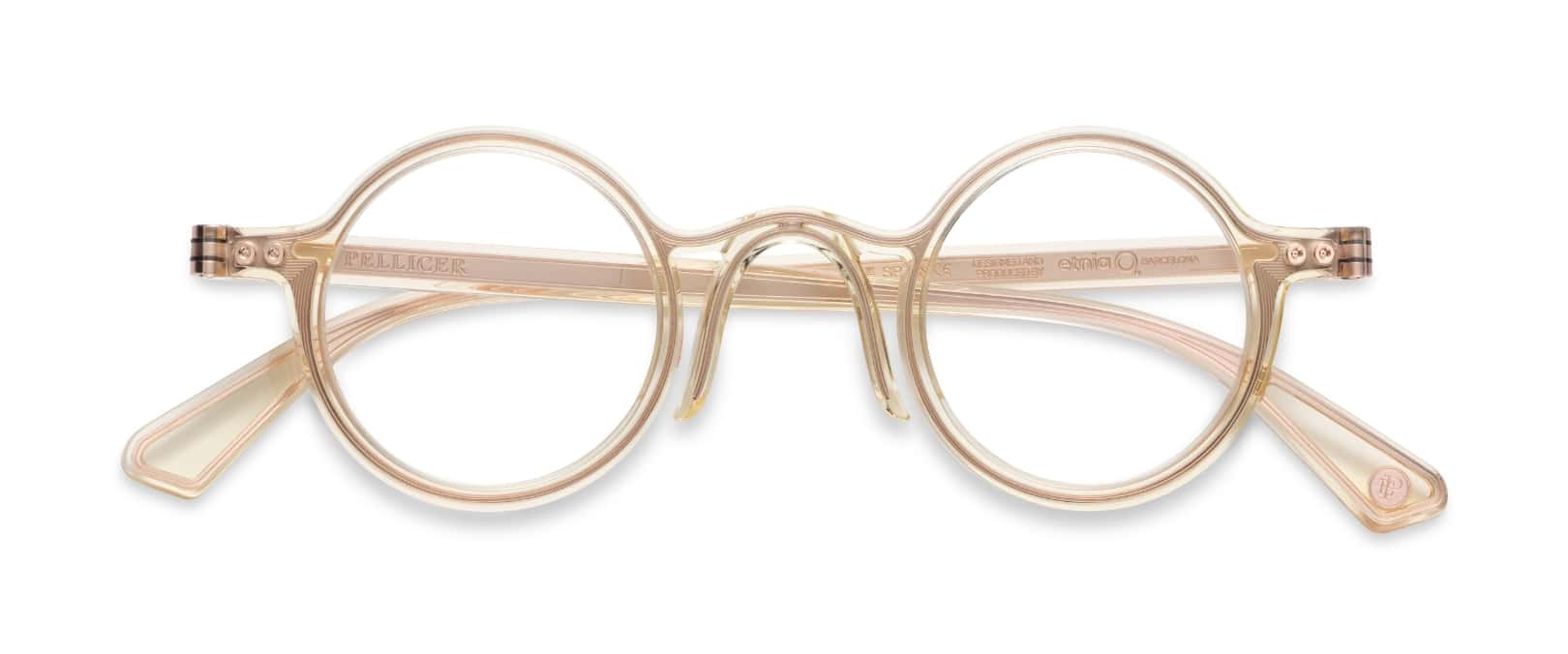Night vision contact lenses
Monday, June 9 2014 | 00 h 00 min | News
An innovation from researchers at the University of Michigan might help in the development of night vision contact lenses.
Thermal vision illuminates the heat being emitted by animals, humans, and certain objects. Researchers used graphene to develop a miniature infrared detector that operates at room temperature.
Graphene is sensitive to the whole infrared spectrum, in addition to visible and ultraviolet light. However, it only absorbs about 2.3 per cent of the light that hits it, making it unable to send an electric signal, and therefore not viable as a detector.
The researchers overcame this obstacle by adopting a new approach. Rather than directly measuring the electrons that are freed when light hits the graphene, they amplified the signal by looking instead at how the light-induced electrical charges in the graphene affect a nearby current.
The device consisted of two graphene sheets separated by an insulating barrier. The bottom layer had a current running through it. When light hit the top layer, it freed electrons into the bottom layer. This changed the electrical charge. By measuring the change in current, the team could deduce the brightness of the light hitting the top layer and amplify the signal.
One can already imagine the countless military or scientific applications of this discovery.
Source:
http://www.ns.umich.edu/new/releases/22042-new-tech-could-lead-to-night-vision-contact-lenses







